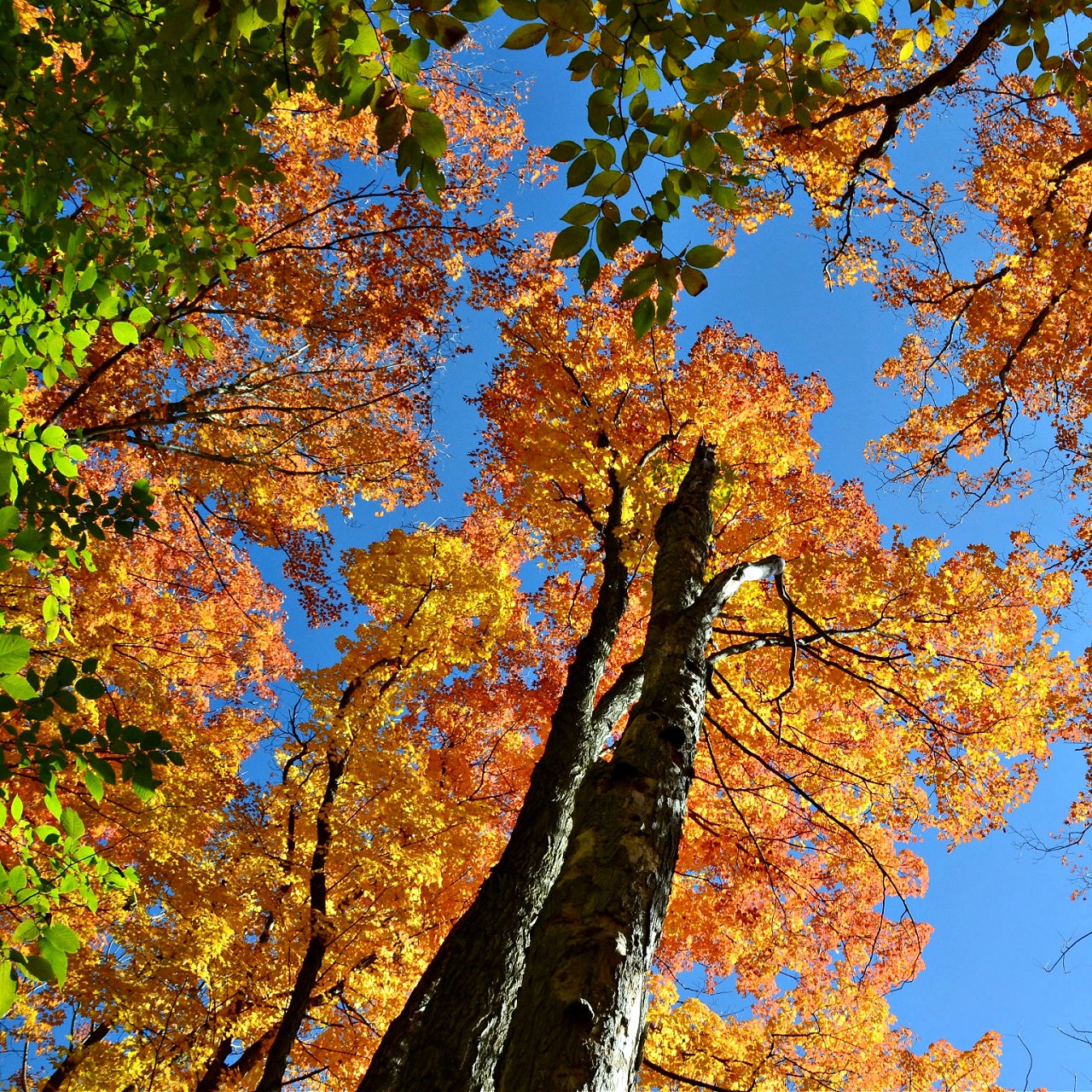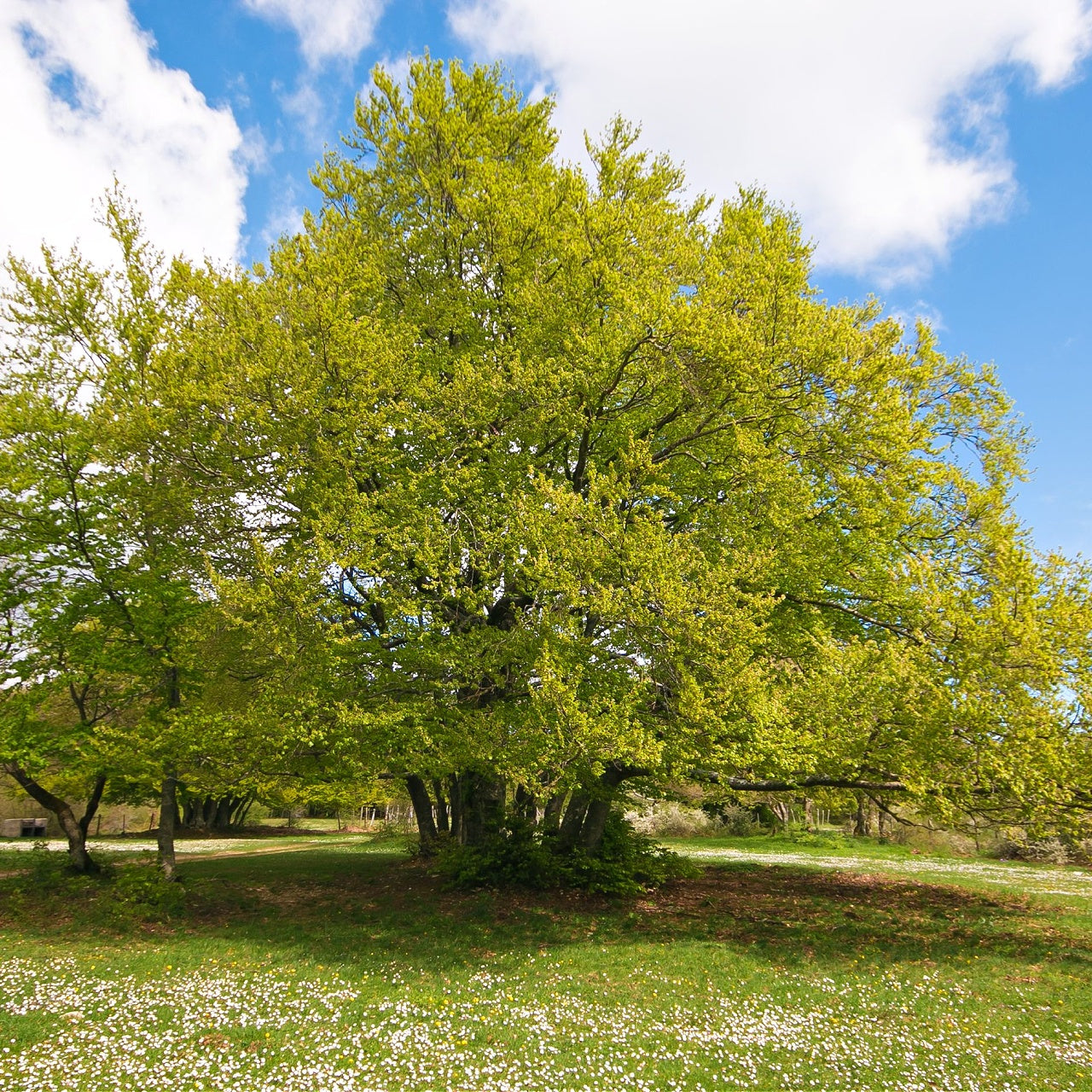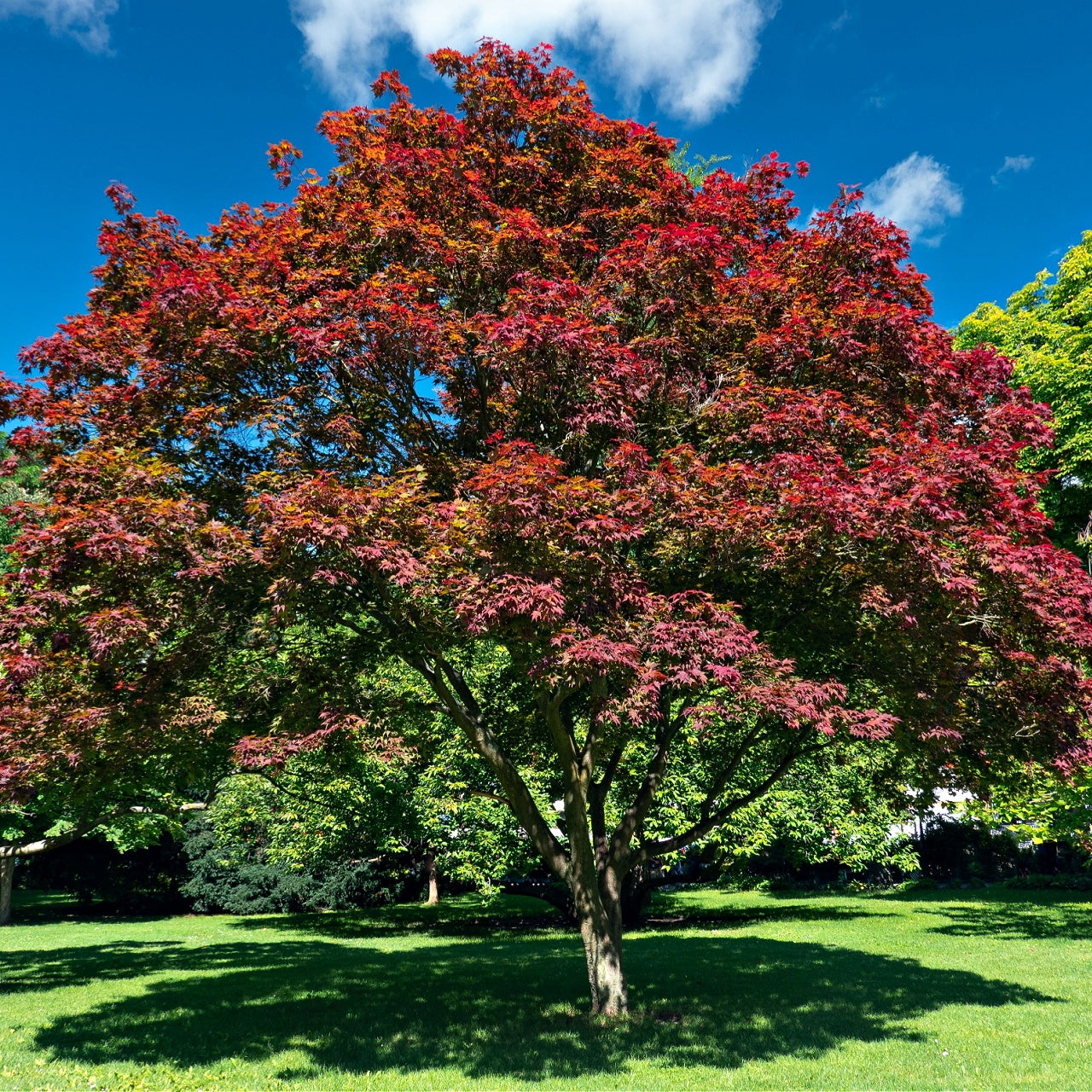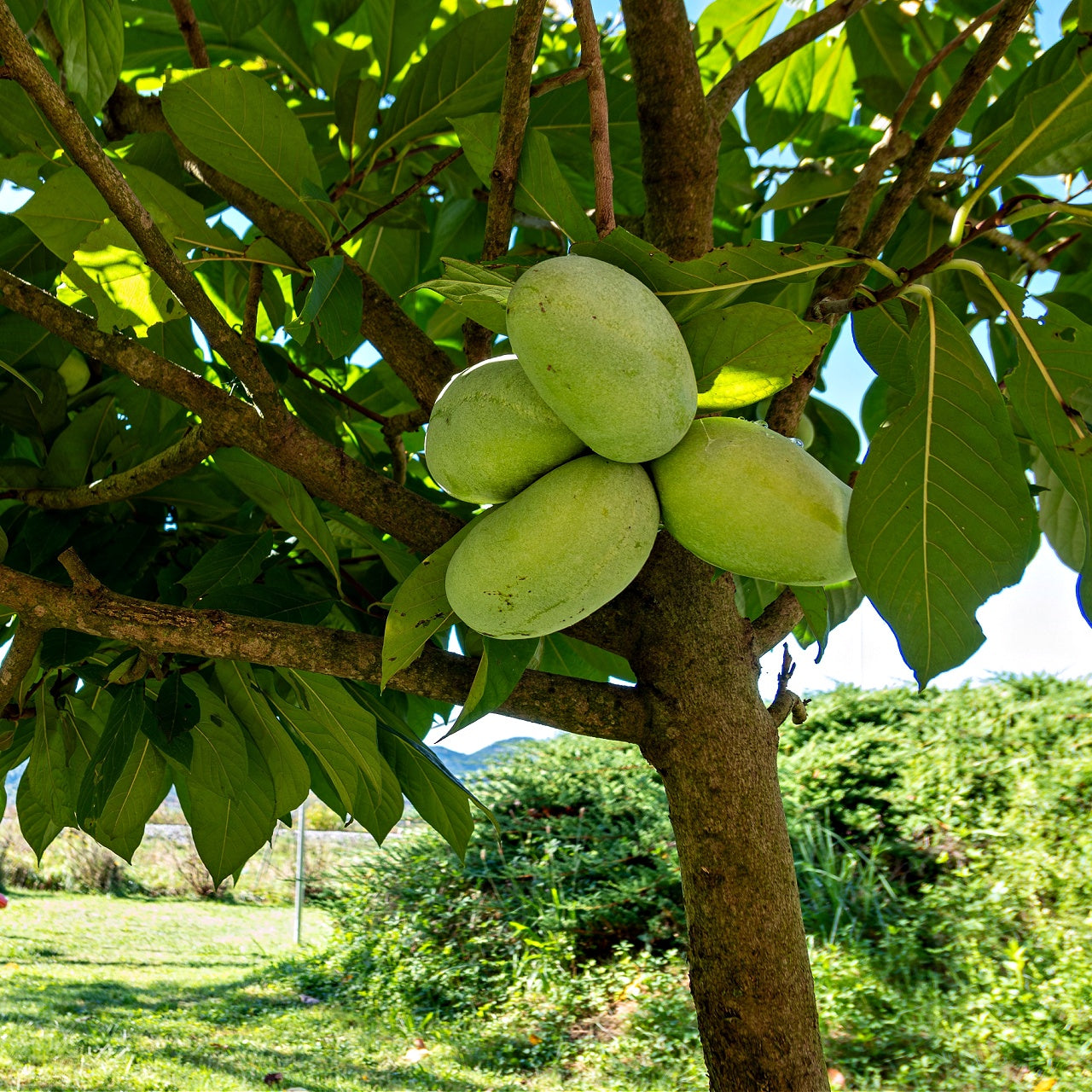
Jack in the Pulpit Is an Exotic Plant
Jack in the Pulpit Is an Exotic Plant
For sheer drama, Jack in the Pulpit comes through every time. Even better, it’s one of those rare perennials for shaded, damp areas that add color to the landscape. And, given its height of up to 2 feet, this spreading perennial also brings drama.
Whether in the most naturalistic, wild settings or as a foundation planting, Jack in the Pulpit casts a fragile, fairytale-like mood, with its wavy, hooded flowers presenting stripes of purple, green, and white on tall stems. But this hardy perennial is anything but fragile.
The plant first emerges from the ground in early spring, providing welcome greenery. But the show starts around May (depending on your climate). That’s when the “pulpit” -- the tall, decorative spike -- emerges from the leaves. Ultimately, it forms a hood around its spike of tiny flowers, or the “Jack.”
As the weather cools, mature Jack in the Pulpit colonies will produce “bouquets” of bright red berries. The berries tend to be appreciated by wild turkeys and other wildlife that might be strolling by.
Technically the showiest part of Jack in the Pulpit is not its flower but rather that plant part is known as the spathe, which encloses the flowering spike, or spadix. But technicalities aside, the Jack in the Pulpit is a stunning plant, giving the impression of a hothouse orchid thriving in a woodland environment.
Give Jack in the Pulpit the Damp Shade it Craves
Aside from its dramatic silhouette and striped, swirling “flowers,” gardeners prize Jack in the Pulpit because it prefers boggy, shady situations. This is not the perennial to place in your average sunny garden bed. Instead, grow Jack in the Pulpit where it is reliably moist, at least during the spring and summer. It also requires part shade or deep shade.
Many homeowners are establishing rain gardens to take advantage of water from their drainpipes or from that annoying “dip” in the lawn rather than diverting all of it away. This is where Jack in the Pulpit can thrive, especially if it’s near a foundation or walkway on the shady part of the house or some shade-casting trees.
The perennial flower will also grow under plants that most other botanicals find toxic, such as the black walnut tree. Jack in the Pulpit plants tends to shrug off plant disease and insect pests.
Jack in the Pulpit Needs Minimal Care
Not surprisingly, this wildflower doesn’t need much in the way of care. Space them at least 6 inches apart in a damp part of your property where it won’t get much sun. If your soil is alkaline, peat moss or wood chip mulch will add the acidity this woodland flower loves. Beyond that, leave Jack in the Pulpit as undisturbed as possible so that it can be at its showy best.






